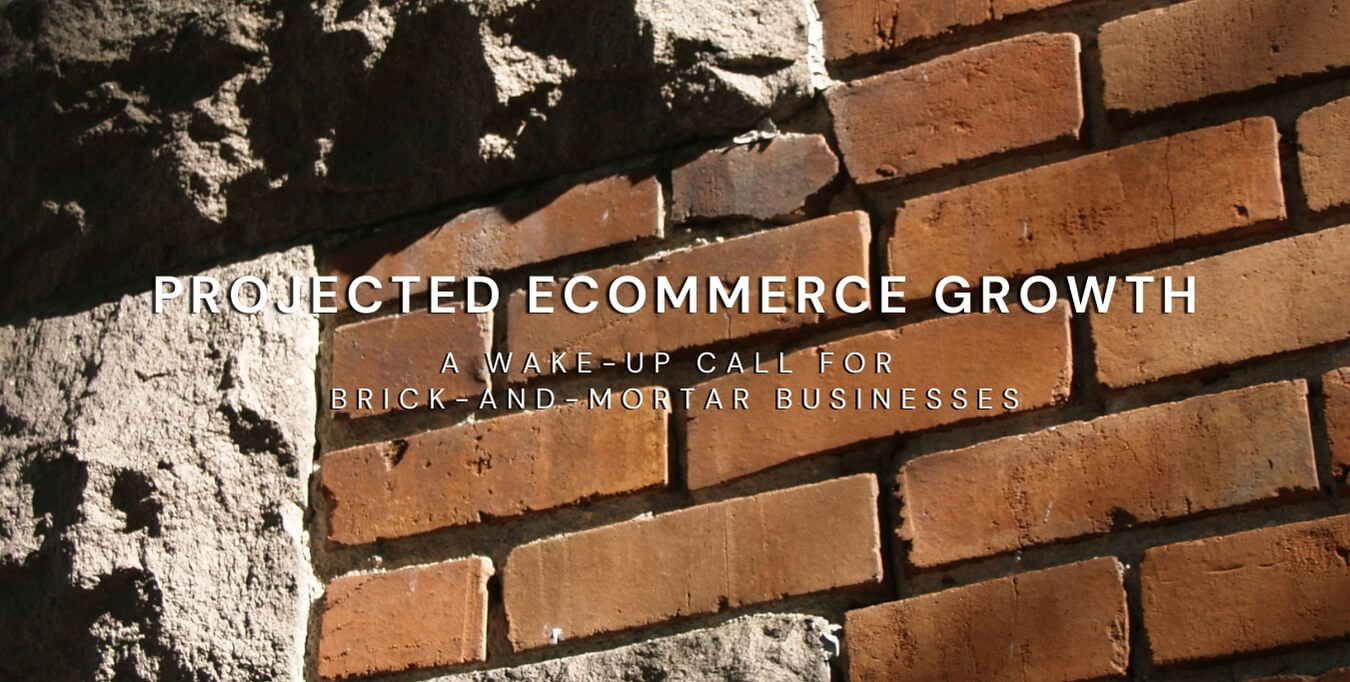Menu
The Importance of Websites in 2025
Why Service Providers and Brick-and-Mortars Are at Risk of Going Bankrupt
By Arlene G-Perez | January 1, 2025
As the digital age rapidly advances, businesses that fail to adapt to the shifting landscape are at risk of serious financial consequences. In particular, service providers and brick-and-mortar businesses without a website in 2025 will be at risk of bankruptcy. With the eCommerce market projected to generate trillions in profits over the next few years, companies that do not establish a strong online presence will struggle to survive in an increasingly digital economy.
Projected eCommerce Growth: A Wake-Up Call for Brick-and-Mortar Businesses
Global eCommerce projections show an incredible growth trajectory, with online retail expected to surpass $7.4 trillion in 2025 and $8 trillion by 2026. The digital economy is quickly becoming the dominant force in global commerce. Consumers are increasingly preferring the convenience, accessibility, and flexibility of online shopping, leading to significant revenue growth in digital sales.
In stark contrast, brick-and-mortar businesses, including traditional service providers (such as salons, repair companies, and consulting firms), are projected to see slower revenue growth. While physical retail sales are expected to reach $5.3 trillion in 2025, they are growing at a much slower pace compared to eCommerce revenues. Service-based businesses without websites will also feel the effects of consumer preference shifting toward online booking systems, digital consultations, and virtual services.
Why Service Providers and Brick-and-Mortar Businesses Are at Risk
Here are key reasons why businesses at risk are those without a website or online presence in 2025:
1. Missed Customer Access and Market Reach
A business without a website is essentially invisible to a growing majority of consumers. Service providers, from contractors to healthcare professionals, rely on local searches and online reviews to connect with potential clients. Brick-and-mortar businesses—like retail stores and restaurants—can still rely on foot traffic, but the number of consumers choosing to shop and access services online is steadily rising. Without a website, businesses limit their reach to only a fraction of potential customers, significantly reducing their market share and potential for growth.
2. Declining Competitiveness
As consumers demand more convenient and flexible experiences, businesses with websites are better positioned to meet those expectations. Service providers, for instance, are offering online booking and virtual consultations to accommodate customer preferences. Without these capabilities, businesses are at a competitive disadvantage. This is especially true for brick-and-mortar companies that are competing against online-only businesses, which can offer 24/7 access and streamlined eCommerce experiences.
3. Failure to Leverage eCommerce Growth
The rise of eCommerce projections for 2025 and 2026 points to a digital-first economy. As online shopping continues to boom, businesses without websites are missing out on the ability to capture eCommerce profits. Service providers can also benefit from these trends by integrating digital platforms and online payments into their services. For example, a local consultant without a website could easily lose business to an online platform offering similar services with easy access and booking options.
4. Lack of Consumer Trust and Transparency
Studies show that approximately 60-70% of consumers are less likely to trust a business without a website. In today’s digital landscape, a website is essential for establishing credibility, building trust, and facilitating customer engagement. It provides key information such as service offerings, pricing, testimonials, and contact details, which consumers expect to find online. The absence of a website can create a perception of a lack of consumer trust and transparency, prompting potential customers to seek out competitors with a more robust online presence. For both service-oriented businesses and brick-and-mortar establishments, maintaining a professional website is crucial to fostering customer confidence and driving business growth.
5. Increased Risk of Bankruptcy by 2026
As eCommerce projections soar and consumer behaviors shift, businesses without a website or digital storefront are at increasing risk of bankruptcy. Service providers that don’t embrace online booking, virtual services, or digital marketing will see their customer base shrink as more consumers turn to convenient, tech-enabled solutions. For brick-and-mortar businesses, the struggle to compete with online giants may lead to declining sales and ultimately financial failure. With eCommerce set to surpass traditional retail by 2026, the gap between businesses that embrace digital and those that do not will only continue to widen.
6. The Critical Importance of Websites in 2025
A website is more than just a digital brochure—it’s an essential tool for business survival. For brick-and-mortar businesses and service providers, a website provides visibility, accessibility, and the ability to engage with customers beyond the limitations of traditional physical locations. Whether it’s enabling online sales, booking services, or offering customer support, having a website ensures that a business can remain relevant and profitable in the digital-first economy.
Moreover, search engine optimization (SEO) and digital marketing strategies can help businesses increase their online presence, drive traffic, and improve sales. In 2025, a website is a business’s primary tool for attracting new customers, fostering loyalty, and remaining competitive in an increasingly crowded market.
In conclusion: The projections for eCommerce growth in 2025 and 2026 clearly indicate that businesses with a strong online presence will thrive, while those that fail to embrace digital transformation will fall behind. As eCommerce sales continue to surge past $7 trillion, brick-and-mortar businesses and service providers without websites are at significant risk of bankruptcy.
To remain competitive in this rapidly evolving digital landscape, businesses must invest in developing a website and building a robust online presence. This is no longer just an option but a business necessity. Designerfox can help businesses stay ahead of the curve by providing expert website design and digital solutions tailored to your custom needs. Whether you’re a service provider looking to implement online booking systems or a brick-and-mortar business seeking to expand into the digital marketplace, Designerfox offers the tools and expertise to create a seamless, professional online presence.
As the digital economy continues to dominate, Designerfox ensures that your business adapts and remains competitive. By partnering with Designerfox, you can secure your place in the future of commerce, ensuring long-term growth and success while avoiding the risks of bankruptcy due to a lack of digital transformation.
“Don’t be afraid to ask questions, if your web designer takes the time to listen, they will also take the time to build you what you are looking for.”
I hope this helps. Until next time…
Arlene G-Perez
Master design specialist & web developer with over 19 years of experience
For help on how you can have a top-rated website, contact Designerfox today at (786) 344-2078 or click here to schedule a free On-site SEO consult.






